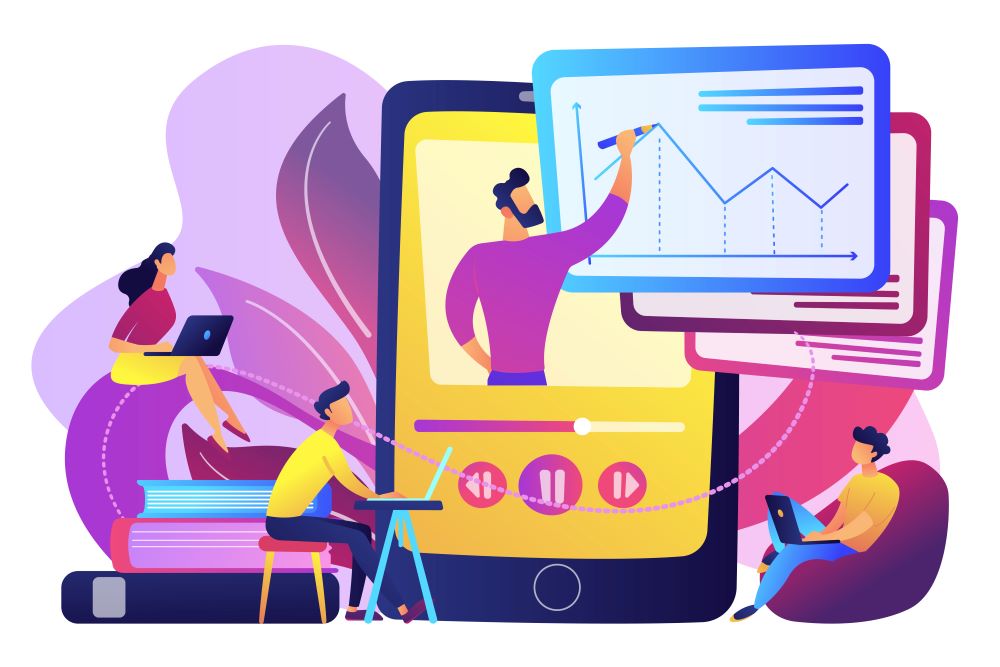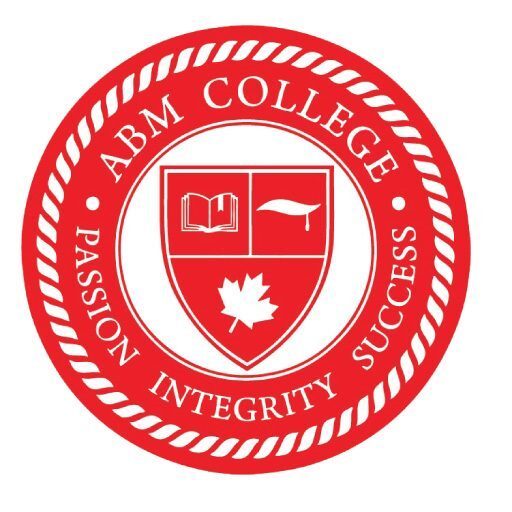Education trends keep changing from time to time. Education methods have evolved over the years, especially after the COVID-19 pandemic, and learning has had a new meaning. While some students opt for online programs, some still prefer the old-school way of in-person learning.
According to statistics collected by CourseCompare from more than 150 Canadian colleges and universities, 83.3 percent of Canadian colleges and universities are offering classes in-person this autumn, up from 51.6 percent in fall 2021. This year, just 15 percent of post-secondary universities offer programs using a hybrid model, down from 30 percent in September 2021. This year, only 2 percent of students are expected to receive all of their education online, down from 5 percent the previous year.
Which education trends does the fall season bring with it?
We’ll explore the top five fall education trends in this blog. Let’s see which ones have made it to the list this fall season.
Extended Reality

Extended reality (XR), which encompasses tools like augmented reality (AR), virtual reality (VR), and mixed reality (MR), is changing the way people study by offering cutting-edge methods. Data from Mordor Intelligence indicates that the XR industry would expand overall through 2027 at a CAGR of roughly 58 percent. The education industry will account for a large amount of that expansion.
According to an EDUCAUSE poll from 2021, 12 percent of higher education institutions are adopting XR across many departments, and over 40 percent have adopted it for at least a few projects. This is the latest trend being followed by higher education institutions across the country.
Renewed Focus on Soft Skills
According to LinkedIn research, more than 90 percent of HR professionals concur that soft skills are crucial to the future of recruiting. Job flexibility, anti-harassment policies, and pay transparency all came in lower on the significance scale than soft skills.
What does the future of work look like?
Digitalization and automation are leading the transformation of the work landscape. Due to this, it’s difficult to pinpoint what the future of work is going to look like, but everything is pointing toward cutting-edge technologies. In the future, many aspects of work are going to change to some degree. While the rate of change and its intensity remain debatable, it’s evident that some of the biggest shifts are coming to the workforce, workplace, and ways of working, Read More.
Hybrid Classrooms

A hybrid classroom, also known as a hyflex classroom, is a learning setting where students can join the class digitally in addition to physically being present in the classroom.
Given the need for greater flexibility and more advanced digital learning experiences from both students and their parents, hybrid learning is essential. To address the demands of their constituents at any step of their learning journey, institutions can build their programs and services with the aid of the hybrid-first approach.
A significant trend to monitor is the rise in the popularity of hybrid learning. A hybrid education combines online and traditional classroom instruction. The idea is becoming increasingly common in the sector as demand for flexible learning options rises.
Artificial intelligence
Nothing has the potential to alter education more than Artificial Intelligence (AI), which is one of the many ways that technology continues to disrupt it. Through the power of automation and self-learning, artificial intelligence is a useful and versatile technology intended to meet the demands of educators, students, and families.
There are several uses for artificial intelligence, including:
- Data entry automation
- Predicting trends and procedures
- Evaluating the state of development
- Streamlining data discovery
AI helps create personalized learning plans in education and makes the experience for students worthwhile. AI tutors and chatbots are also being used to provide after-hour assistance to students or when the teacher is not available. Even though no chatbot can take the position of a teacher, AI tools can assist students in honing their skills and strengthening their areas of weakness outside of the classroom. They offer a one-on-one learning environment without the teacher there at all hours of the day to answer inquiries.
Data Analytics in Education

Analytics gives you the information you need to help your consumers more effectively. Market leaders have been using data analytics for years to delve deeply into their data, identify effective trends, move markets, and locate new customers.
Institutions of higher learning have also joined the bandwagon of using data analytics in their procedures. They have adopted data analytics and begun utilizing predictive modeling, which has had a huge impact on how educational institutions and courses are advertised, curricula are designed, and students are supported and monitored.
Educational institutions contain a wealth of information about their faculty and students. This data can be evaluated for insights that will help the institution run more efficiently. Future student data will be based on evolving educational standards, including behaviour, performance, and development, as well as their educational needs. A better and more innovative method of teaching and learning for students will be possible thanks to the statistical analysis that will be used to process these modifications.
Final Thoughts
The fall education trends for 2022 are here to stay. They may seem like seasonal trends but some are long-term industry trends. The trends are emerging from the transforming education scenario and the ever-changing employment market.
ABM College offers programs in health, business, and technology which aim at providing education that gets you hired. The curriculum is up-to-date and is delivered using the latest technology for ease of learning.
Contact us today to learn more about how our programs can fulfill your career needs.
Read more industry-related blogs here.
Graphics: freepik
About The Author

Private Career College
ABM College is a leader in career-focused education, committed to empowering students with industry-relevant skills. With expert instructors and practical training, ABM College delivers high-quality programs in health, business, technology, and more, ensuring graduates are prepared to meet workforce demands. Known for its supportive learning environment and a focus on real-world application, ABM College is a trusted educational partner helping students achieve professional success across Canada.
